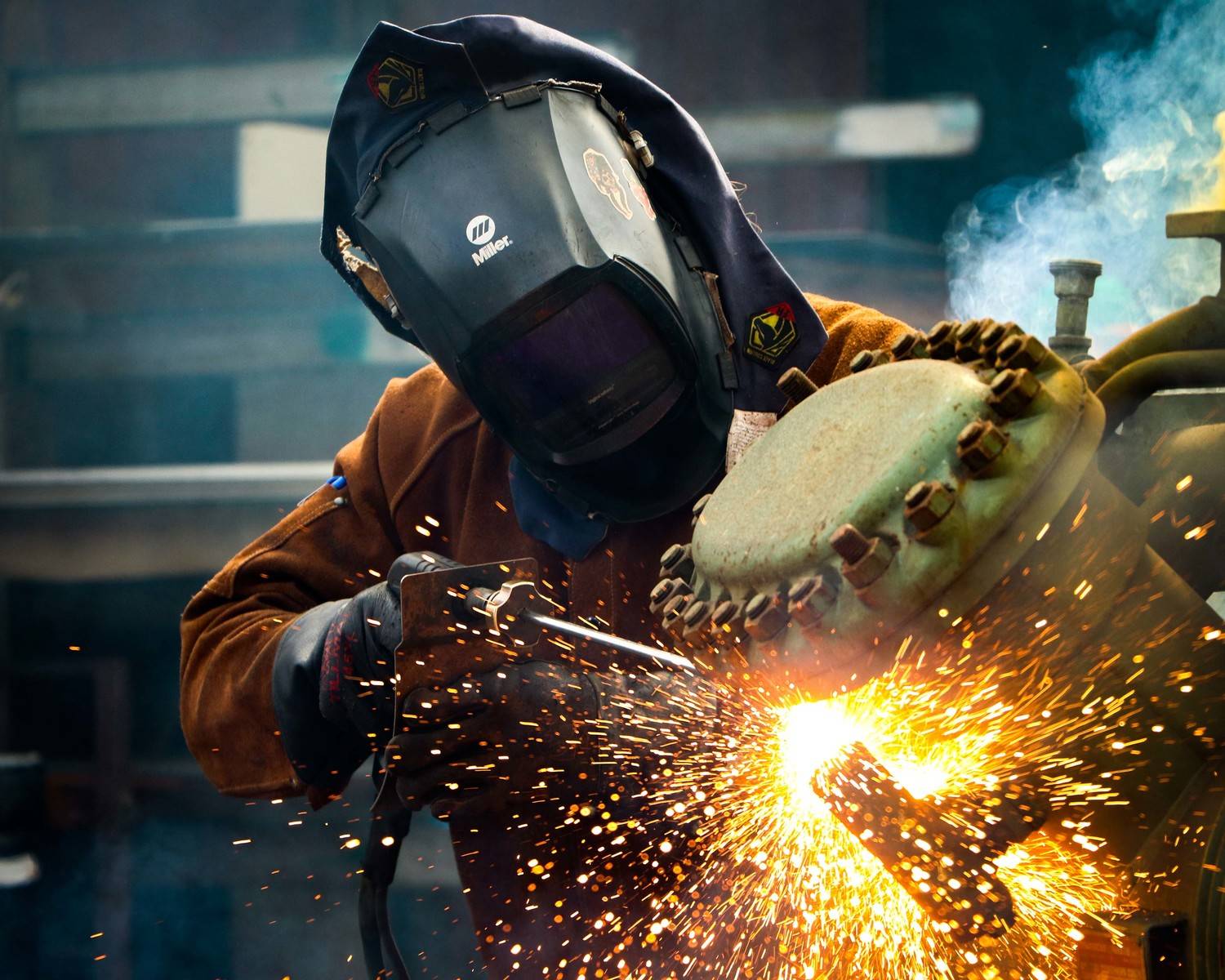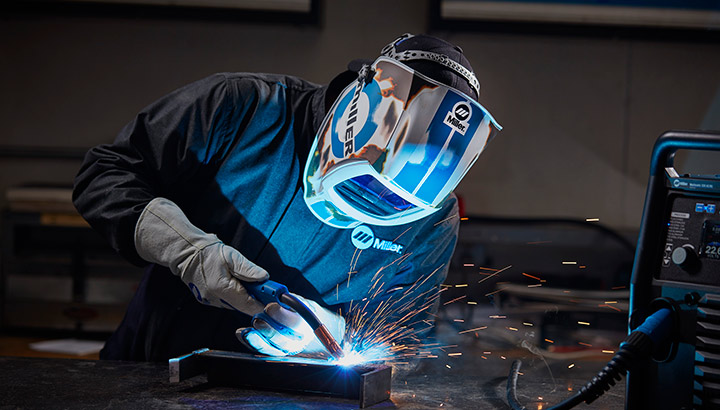The Ultimate Overview to Welding WPS Procedures: A Thorough Overview for Welders
In the elaborate globe of welding, Welding Treatment Requirements (WPS) offer as the backbone of ensuring top quality, consistency, and safety in welding operations (welding WPS). As we delve right into the different components of a WPS and explore the complexities of qualification and certification, we will reveal the important function these treatments play in the realm of welding.
Importance of WPS Procedures
Comprehending the importance of Welding Treatment Requirements (WPS) procedures is vital for making sure the high quality and integrity of bonded frameworks. WPS procedures work as a roadmap for welders, detailing the required steps, parameters, and products required to achieve an audio weld. By sticking to WPS standards, welders can make sure consistency in their job, leading to structurally sound and reliable welds.
One of the key factors why WPS treatments are essential is their role in maintaining weld high quality and integrity. Following the specified welding specifications and techniques outlined in the WPS assists protect against issues such as porosity, breaking, or incomplete combination, which can jeopardize the stamina and longevity of the weld.

Components of a WPS
A Welding Treatment Requirements (WPS) commonly comprises essential elements that information the certain demands for executing a weld, making sure consistency and high quality in the welding process. The crucial parts of a WPS consist of important variables such as base steels, filler steels, preheat and interpass temperatures, welding procedures, protecting gases, welding placements, and post-weld warm therapy needs.
Base steels refer to the products being joined, while filler metals are made use of to fill up the void in between the base steels throughout welding. Preheat and interpass temperatures are vital for controlling the warm input and protecting against issues like splitting or distortion. The welding process outlines the details technique to be used, whether it's gas steel arc welding (GMAW), protected metal arc welding (SMAW), or an additional method. Securing gases protect the weld pool from atmospheric contamination. Welding settings define the positionings in which welding can be carried out. Post-weld warmth treatment might be essential to alleviate anxieties and improve the weld's properties. A comprehensive understanding of these parts is essential for creating a efficient and thorough WPS.

Certification and Accreditation
Having developed the important components of a Welding Procedure Specification (WPS), the emphasis currently moves towards the crucial elements of qualification and accreditation in welding practices.

Certification, on the other hand, is the official acknowledgment of a welder's credentials by an appropriate qualification body or organization. Welding accreditations are usually based on the specific welding processes, materials, and positions a welder is qualified to function with. check this Holding a legitimate welding certification shows that a welder satisfies market requirements and is skilled to do welding jobs to the required specs.
Developing a WPS
To establish a Welding Procedure Requirements (WPS) that satisfies market requirements, cautious consideration of welding processes, materials, and operational criteria is important. The first step in creating a WPS is to recognize the welding procedure to be utilized, such as gas metal arc welding (GMAW) or secured steel arc welding (SMAW)

Applying and Keeping An Eye On WPS
Upon finalizing the detailed Welding Treatment Spec (WPS) that diligently details welding procedures, materials, operational parameters, and high quality guarantee procedures, the focus shifts to successfully applying and keeping track of the well-known treatments. Implementation includes ensuring that all welders involved in the task know with the WPS and follow it meticulously during the welding procedure. This requires offering ample training and supervision to guarantee adherence to the defined treatments. Checking the WPS includes constant oversight to verify that welding tasks align with the documented specifications. Inspections, testing, and high quality control procedures are crucial elements of the surveillance process to determine any type of variances or problems immediately. Regular audits and reviews of the welding treatments help in maintaining uniformity and top quality throughout the job. Efficient execution and surveillance of the WPS are vital for ensuring the integrity, toughness, and safety of the bonded joints, eventually adding to the overall success of the welding task.
Conclusion
To conclude, understanding and following Welding Treatment Specs (WPS) is crucial for welders to make certain high quality, consistency, and safety and security in their work. By recognizing the elements of a WPS, getting appropriate qualifications and qualifications, producing thorough procedures, and carrying out and checking them effectively, welders can improve their abilities and effectiveness in welding practices. Sticking to WPS procedures is necessary for generating top quality welds and conference sector standards.
In the intricate globe of welding, Welding Treatment Specifications (WPS) serve as the backbone of making certain quality, consistency, and safety in welding operations. The welding procedure describes her response the certain method to be utilized, whether it's gas steel arc welding (GMAW), secured metal arc welding (SMAW), or an additional technique.To establish a Welding Treatment Spec (WPS) that satisfies industry standards, careful consideration of welding processes, products, and functional specifications is crucial. The initial action in producing a WPS is click to investigate to determine the welding procedure to be utilized, such as gas metal arc welding (GMAW) or shielded metal arc welding (SMAW)Upon finalizing the comprehensive Welding Procedure Spec (WPS) that thoroughly details welding processes, materials, functional criteria, and high quality assurance measures, the emphasis moves to efficiently executing and keeping track of the established treatments.